
Shadow of the Beast is a classic, side-scrolling beat-em-up from the Amiga days in 1989. I never owned an Amiga (I never heard of one until after college, honestly), but I also never owned any of the other systems the game was ported to (SNES, Sega Genesis, Atari Lynx, Sega Master System, TurboGrafx-16). I am beyond late to the party with this PlayStation 4 port, but it doesn’t matter, as it’s hardly a port of the Amiga game. It’s a complete re-imagining of the original as well as a remaster, so throw out everything you might remember from the Amiga days, because everything old is new again.
However, one feature that most certainly has not changed is the brutal difficulty. While Heavy Spectrum Entertainment added in an “infinite lives” difficulty setting to make the game far more accessible to newcomers, especially those prone to rage-quitting, they added in a new twist with these infinite lives, which requires players to pay a bit of a heavy price at the end. As a result, it doesn’t matter what difficulty setting you play on; it’s all controller-throwingly difficult in the end.
Meet Aarbron
The storytelling element is surprisingly deep for this type of game. Most games from the old-school era typically used story as an afterthought, but this one, even back in 1989, was pretty gut-wrenching. The player controls Aarbron, a beast who is literally on a leash with an evil mage, who has decided, for some reason, all of these humans at a settlement must die a horrific death via Aarbron’s claws and teeth. When Aarbron reaches his destination, a ceremony involving a baby, I was immediately tense. If this game required me to kill a baby, I was going to turn it off and give it a 0/10 with zero regrets. Fortunately, the mage only wants to kidnap the baby, and in the process of stealing the baby from a protective priest, Aarbron learns through the priest’s spilled blood that that particular priest was his father. Aarbron was once a stolen baby by an evil wizard, Maletoth. Now that Aarbron has been freed from his chains, he sets out to save this baby and destroy Maletoth.
Thank God, right? It’s fun to play a bloodthirsty villain every now and then, but no one really wants to kill a baby. And if you do, don’t you dare comment here, you monster.
What’s fascinating about this tale is that none of it is told in words anyone can understand. Everyone speaks foreign tongues, and even the subtitles are written in an undecipherable language. All of the emotional storytelling—and make no mistake, there is plenty of it—comes from the cut scenes and timelines that the player unlocks to view from the overworld map. The timelines are short video clips that explain Aarbron’s story with a narrator speaking a language you will understand. In my case, it was English. That’s how I learned Aarbron’s and Maletoth’s names, but everything else was fairly easy to understand from the cut scenes. The timeline videos help fill in gaps in the story, such as why Aarbron is traveling to a particular location and what that weird creature said to him.
If players are just dying to know what all is said in the game without the aid of the timelines, the subtitle translations can be purchased in the in-game store with points earned from playing. Don’t worry; there aren’t any micro-transactions here!

Remember When Sidescrollers Were Hard?
Aarbron travels a 2.5-dimensional path similar to the Assassin’s Creed Chronicles games, but this one is far more tolerable. Aarbron doesn’t run around willy-nilly in a 3D world; he mostly runs left and right, jumps up and falls down, and occasionally moves forward and backward into the 3D planes. When an encounter occurs, Aarbron is suddenly walled in to one sidescrolling section where enemies come from both sides. He must swipe at attackers, throw them, stun them, and/or roll around them to slice through them one by one. He can also block or counterattack, but only from one side. Just because Aarbron is tearing into one enemy coming from the left doesn’t mean the enemy running from the right is going to hang back and let Aarbron finish. Players will have to quickly adjust and not rely on button mashing to avoid getting hit.
Aarbron has a few other tricks up his sleeves, including summoning spikes from the ground that will annihilate everyone on screen except for him and instigating rage chains. I rarely summoned spikes, because you need those to break the timeline orbs, and I was more keen on unlocking timeline videos than I was staying alive. In a rage chain, the player must time the button presses perfectly along with the analog stick to accurately attack enemies from each side. Pressing too early or too late will end the chain, and most chains end when you can’t accurately predict which direction the enemy is coming from. Rage chains don’t stack up that many points either, so I only used them if I was low on health and just wanted to clear out enemies closing in on both sides.
With each encounter, you receive a medal depending on how many points you earn. Certain combos earn more points than others, and getting hit will lower your medal rank for that encounter. Some encounters have secret encounters attached to them, that can only be unlocked if you earn a gold medal with that linked encounter. Of course, these particular encounters are obscenely more difficult than any other, so replaying these levels will be required, even if you play on Easy. If you earn a platinum medal from an encounter, Aarbron is rewarded with an Elixir that he can use to come back to life instead of sacrificing an innocent soul. The only difference between Easy mode and Normal mode is the number of innocent souls; Normal mode requires players to acquire the souls, and Easy mode offers unlimited souls. Beast mode also raises the difficulty bar with the encounters for a true challenge for the hardest of the hardcore. Needless to say, I’m not a member of the hardest of the hardcore.
The points you earn for each encounter do more than place you on global leaderboards for your performance; the points can also be used to purchase new abilities for Aarbron or strengthen the ones he already has. If you need to save up your points to purchase extra health or stronger stun attacks, then you can “grind” by replaying levels. Except for the first level, all of your abilities come with you, making it far easier to rack up a higher score per encounter. You don’t have to grind at all; if you’re really good at the combat, then chances are you won’t need to replay the levels unless you’re trying to find missing encounters or collectibles.
The in-game store also offers talismans for purchase, which are hidden across the levels, legible subtitles, concept art, and even the original Amiga game. No, you can’t play this on an Amiga if you actually have one, but you can play it how it originally looked with all of its original mechanics and features. Or you can purchase a video of a full playthrough of the original game if you don’t have a desire to torture yourself with the classic.
Are You Sure You Explored Everywhere?
Aarbron has more than one reason to explore every option and direction available to him. Exploration not only helps solve puzzles to progress through the levels, it nets Aarbron talismans, timeline orbs, and hidden encounters. Everything seems very linear, but even with a sidescroller, there are plenty of areas that Aarbron won’t traverse unless the player forces him to. Most of the levels are short, but I spent more time falling down pits to explore lower levels or trying to make that one double jump to reach that cliff to make sure I covered all of the territory available. No matter how much I thought I explored, I never finished a single level with all of the orbs, talismans, or encounters discovered. I really wanted those talismans, as buying those imbues godlike abilities in Aarbron like not taking damage from falling and resisting environmental damage. As terrible as I am with platforming, I needed all the talisman help I could get.
I already mentioned that some encounters are secret ones linked to other encounters than can be unlocked with a gold medal ranking. Other encounters can only be found by additional exploring. If you burn straight through a level, you may only find three encounters out of eight. The fewer encounters you find, the fewer points you earn, which makes purchasing talismans and skills more arduous.

So You Think This Sounds All Too Easy…
All of the games from back in the day had distinct patterns, from either how the enemies attacked, how the environments moved, and of course, how the bosses fought. Shadow of the Beast incorporates all of those elements, but the developers threw a bone for those of us with little patience or little skill with such old-school game mechanics. With Easy Mode, we can tap into infinite lives, and to make it even easier, if we die, we resurrect right where we died! There’s no restarting at a checkpoint or at the beginning of a level; you just pick yourself up from where you fell, dust yourself right off, and get back into the action. It’s super convenient during boss fights, that’s for sure. To be quite frank, I would not have gotten through the game as quickly as I did without the infinite souls to sacrifice.
But at the very end, I learned that my flippancy toward developing true skills and talent throughout the game cost me a decent ending. By using so many innocent souls, Aarbron became as evil as Maletoth, so no baby was saved. That pretty much killed me inside. Several other endings are available such as the following: one if I use less than 10 innocent souls, one if I use no innocent souls, and one that unlocks after all of the other endings unlock. One ending unlocks after finding all of the timeline orbs and talismans! So yeah, it was all pretty easy, but at what cost? And if I want to save the innocent baby, I will have to seriously brush up on my brawling, button pressing, and pattern-detection skills, not to mention my platforming skills so I can find all of those encounters and collectibles. You can almost hear the developers laugh at you and your “Easy Mode.” Can you imagine the outrage if Contra pulled that stunt if you used the Konami code? I’m not sure that game was even possible to beat without it.
Truthfully, the only easy part about this game are the boss fights, which have highly, smack-you-in-the-face obvious discernible patterns. The final boss was perhaps the easiest I have ever encountered in all my years of playing video games (except for Fable II, because, really, was that even a fight).
Shadow of the Beast hits many right notes for that old-school difficult feeling, even with infinite lives. It’s been made more accessible for all walks of players, but that doesn’t mean all players are rewarded equally, pushing for practice and building those skills all while giving extra pats to those who tame the beast. It’s a rather brilliant method for bringing an old-school difficult game in front of more people.
Review code for Shadow of the Beast provided by publisher. Reviewed on PlayStation 4. For more information on scoring, please read our Review Policy here.
-
Old-school difficult game made more accessible
-
Yet those with mad gaming skills are infinitely more rewarded
-
Deep, heart-wrenching story all told without discernible language
-
Gorgeous environments
-
Difficult and yet fun beat-em-up brawling mechanics
-
Multiple endings depending upon player skill
-
Some parts of the story are impossible to follow without watching extra videos
-
Boss fights are too easy, regardless of difficulty level
Shadow of the Beast review
-
Shadow of the Beastâ¢_20160511213612

-
Shadow of the Beastâ¢_20160511213826

-
Shadow of the Beastâ¢_20160513213704

-
Shadow of the Beastâ¢_20160513214859

-
Shadow of the Beastâ¢_20160511213915

-
Shadow of the Beastâ¢_20160513222611

-
Shadow of the Beastâ¢_20160513222717

-
Shadow of the Beastâ¢_20160513223127

-
Shadow of the Beastâ¢_20160513225118

-
Shadow of the Beastâ¢_20160513225409
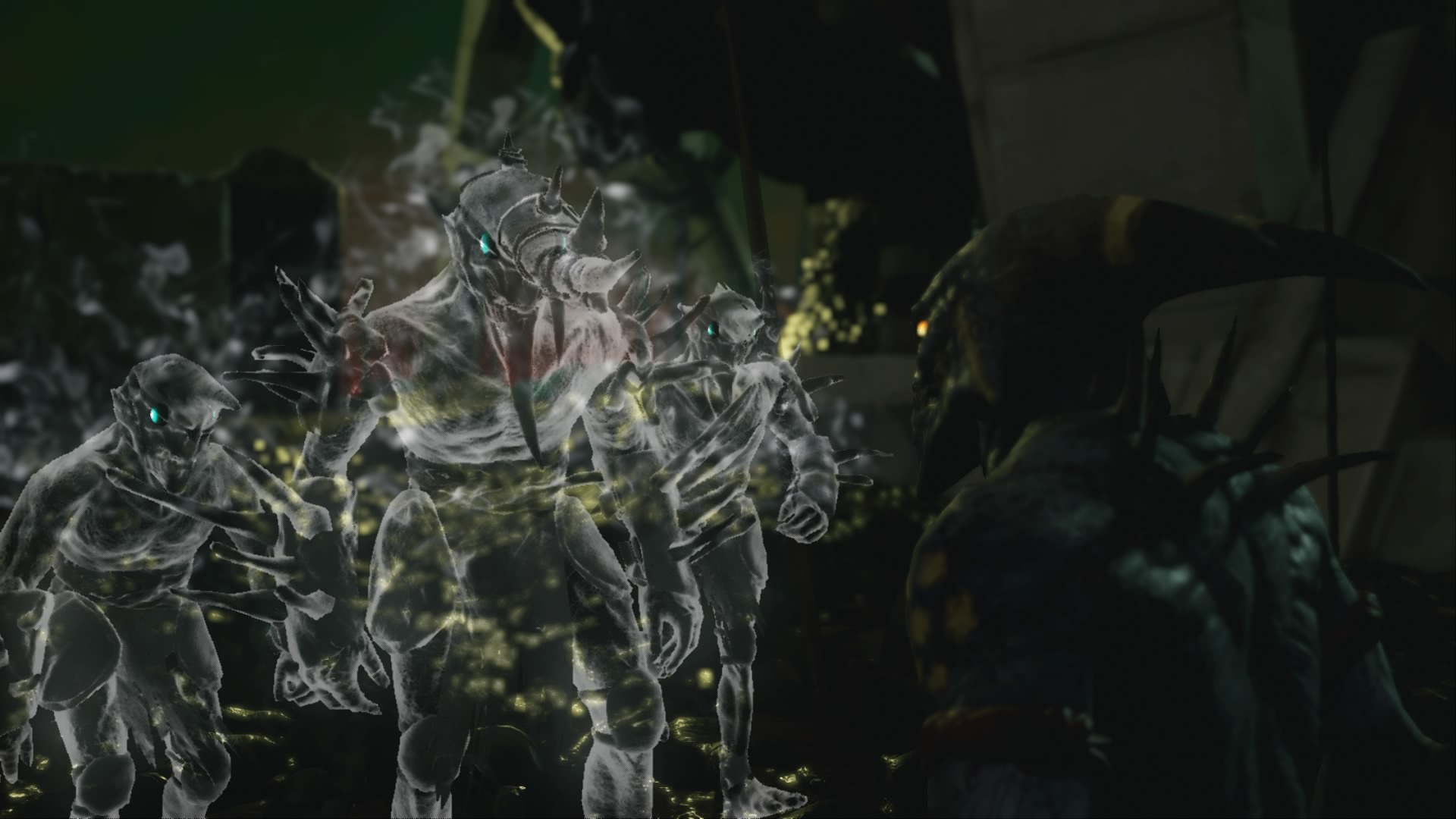
-
Shadow of the Beastâ¢_20160514095855

-
Shadow of the Beastâ¢_20160514100118

-
Shadow of the Beastâ¢_20160514100356

-
SOTB PS4 PreAlpha02Logo

-
SOTB PS4 PreAlpha03Logo

-
SOTB PS4 PreAlpha06Logo
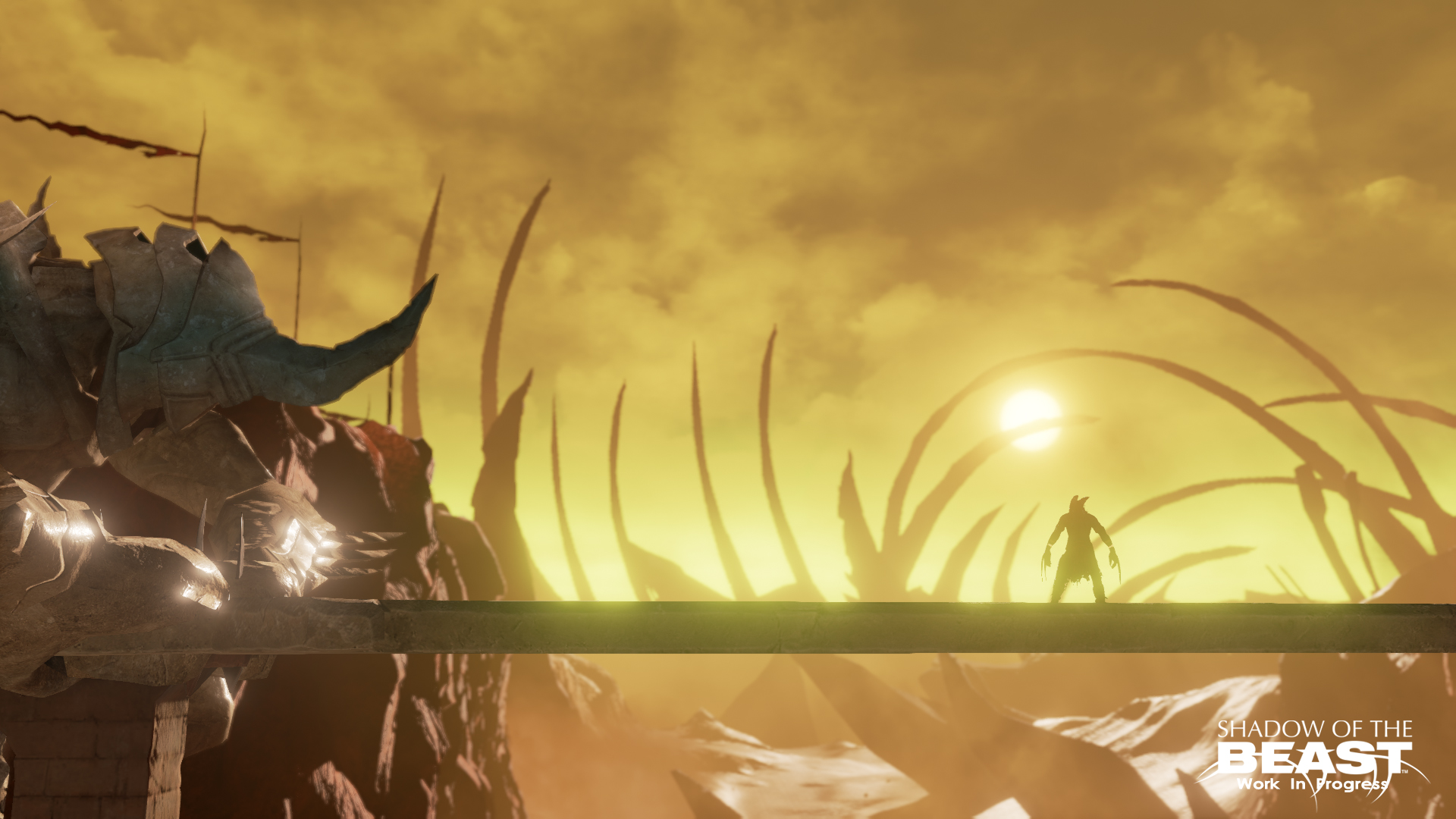
-
SOTB PS4 PreAlpha07Logo
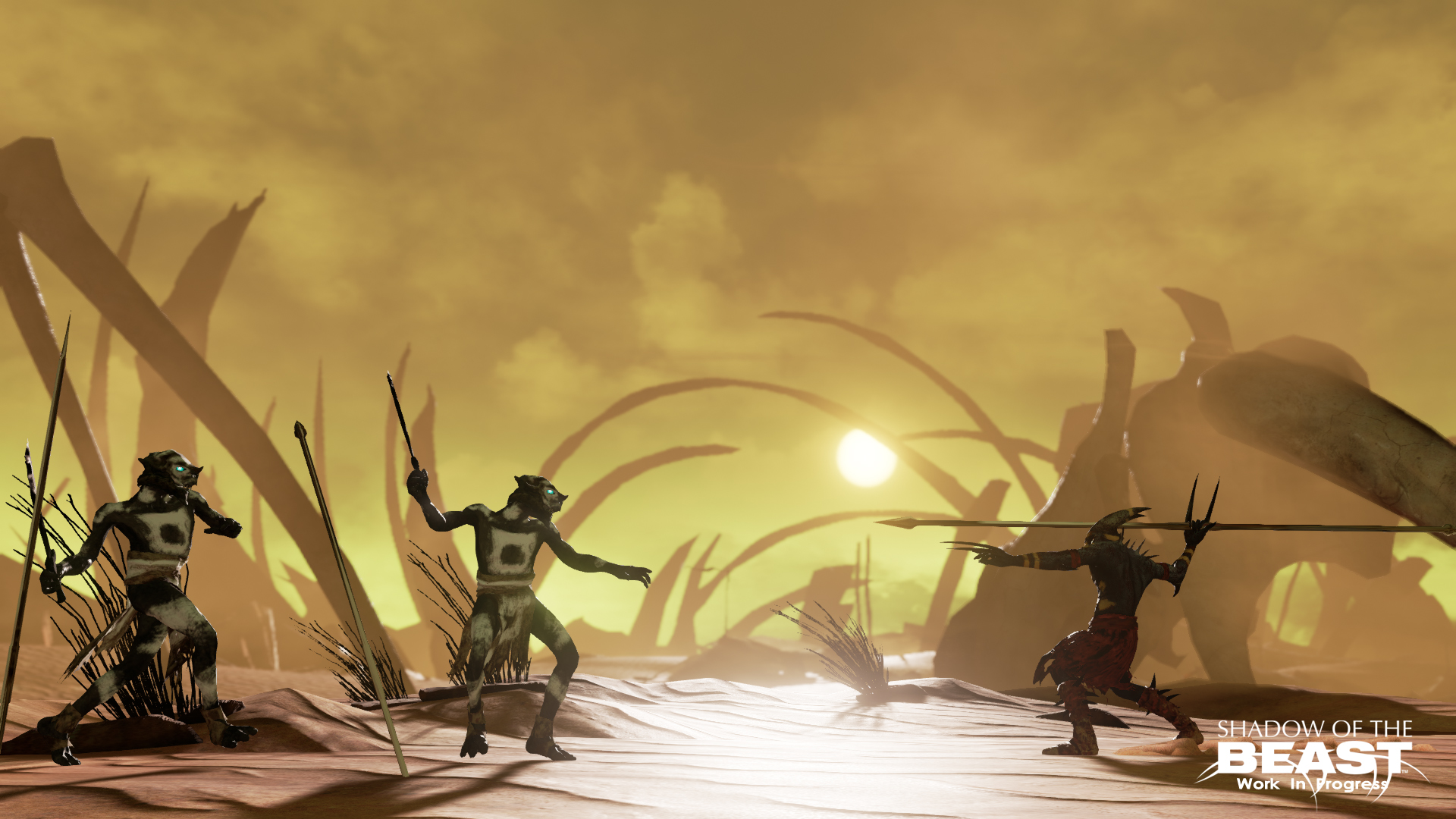
-
SOTB PS4 PreAlpha08Logo

-
SOTB PS4 PreAlpha10Logo

-
SOTB PS4 PreAlpha13Logo

-
SOTB PS4 PreAlpha14Logo
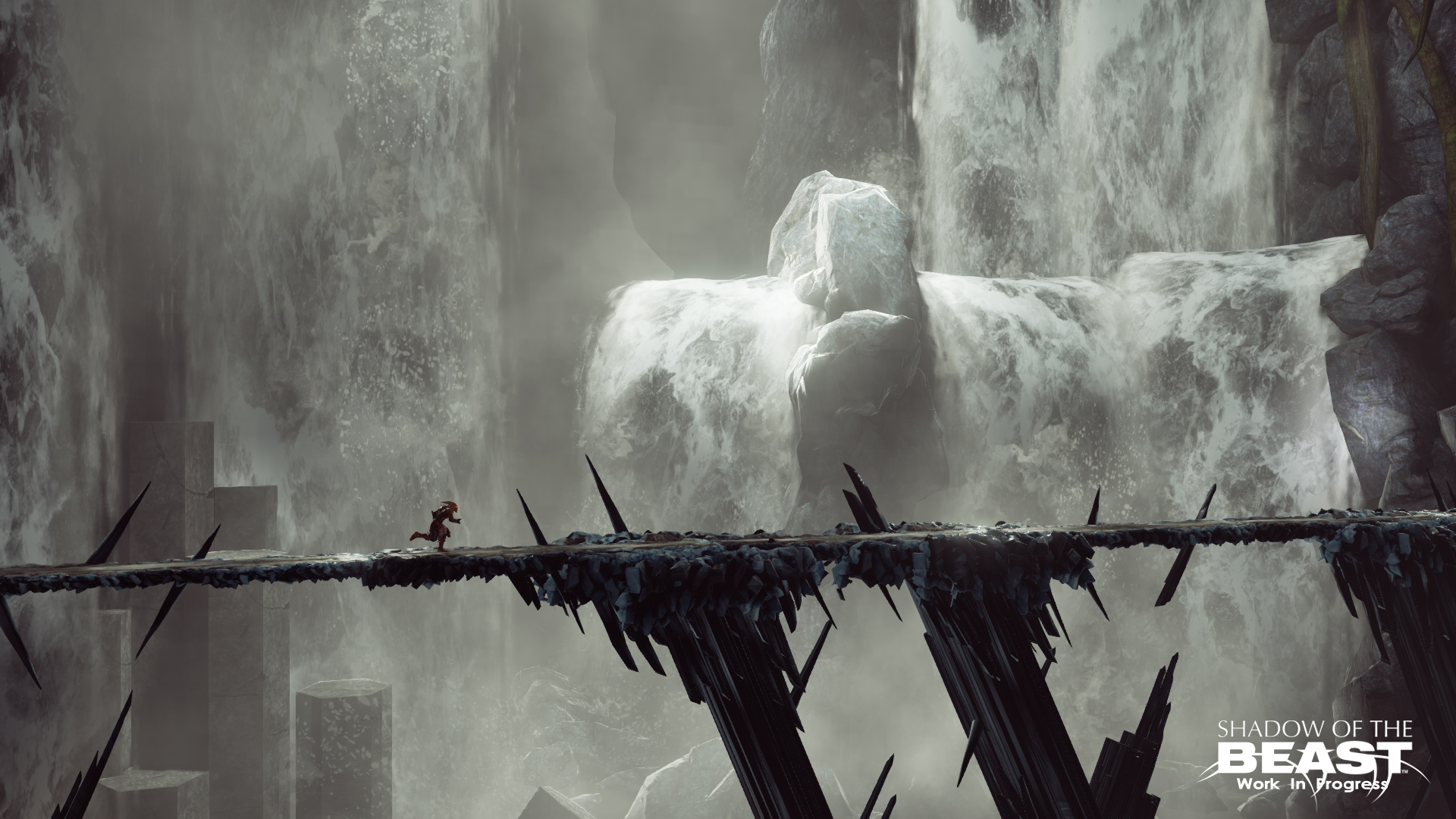
-
SOTB PS4 PreAlpha15Logo

-
SOTB_ _PS4_ _Environments_ _The_Arid_Waste_without_Logo_1462868538
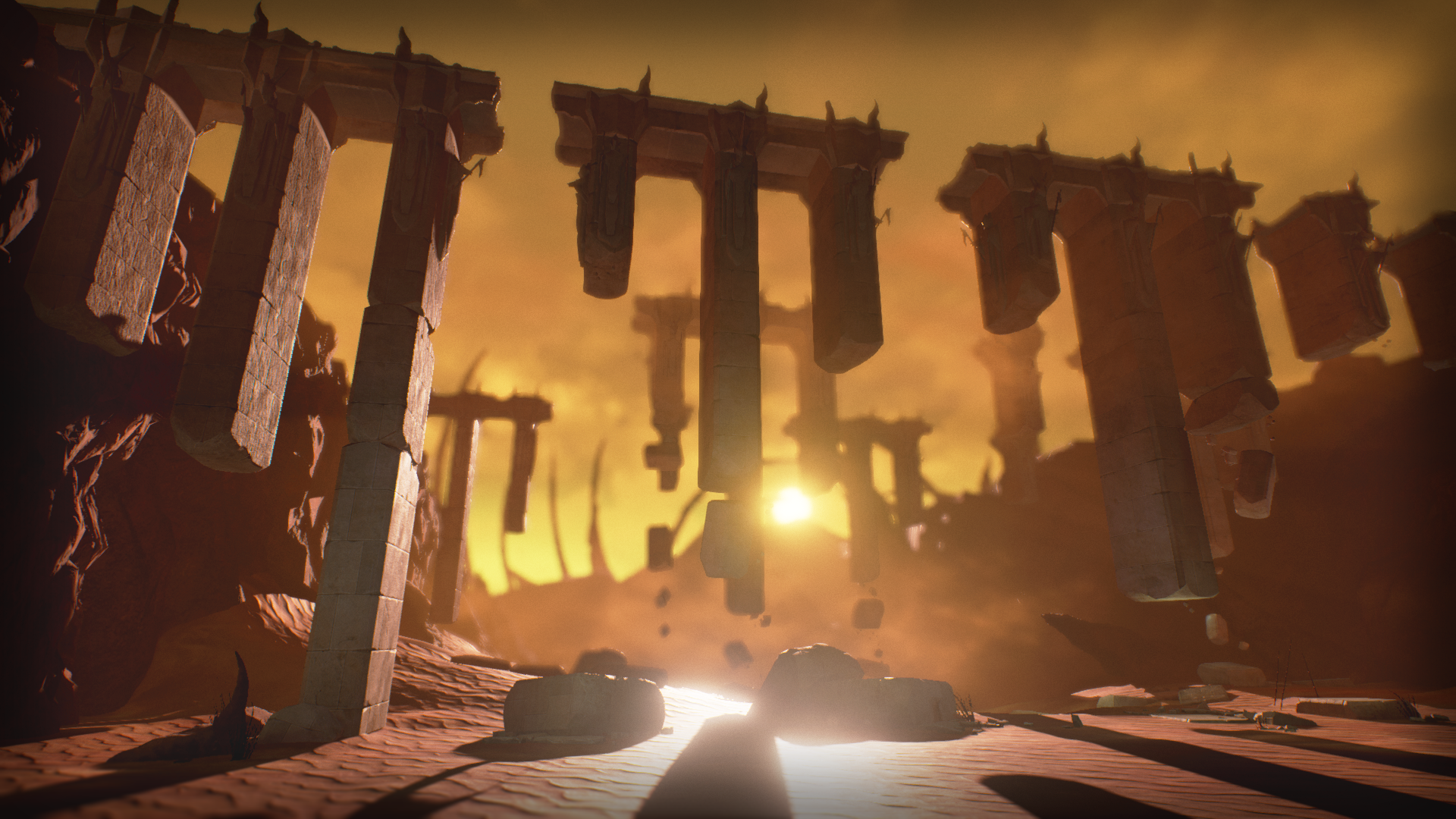
-
SOTB_ _PS4_ _Environments_ _The_Hydraths_Castle_without_Logo_1462868538
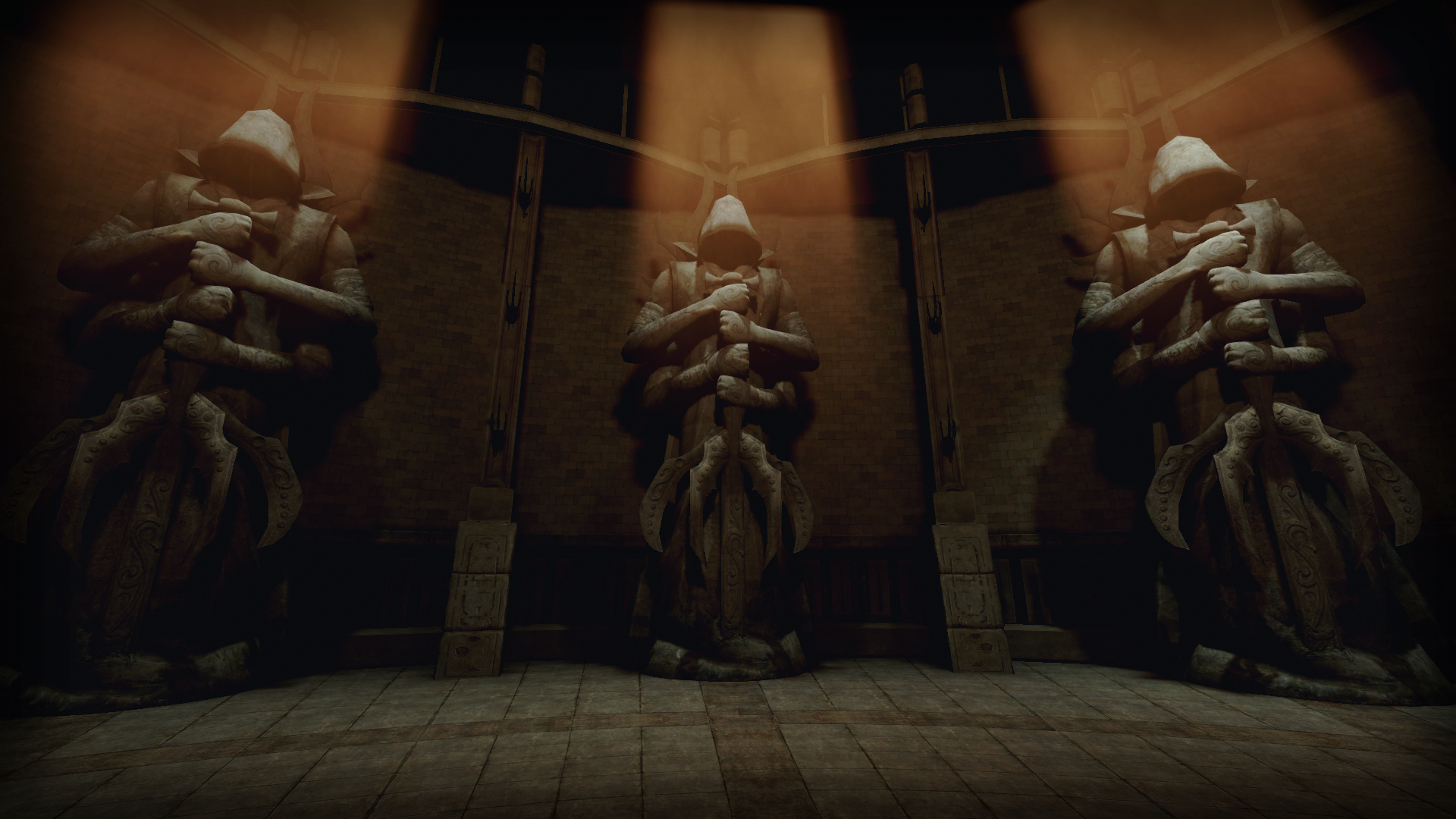
-
SOTB_PS4_Beta_01_1462868538

-
SOTB_PS4_Beta_03_1462868536
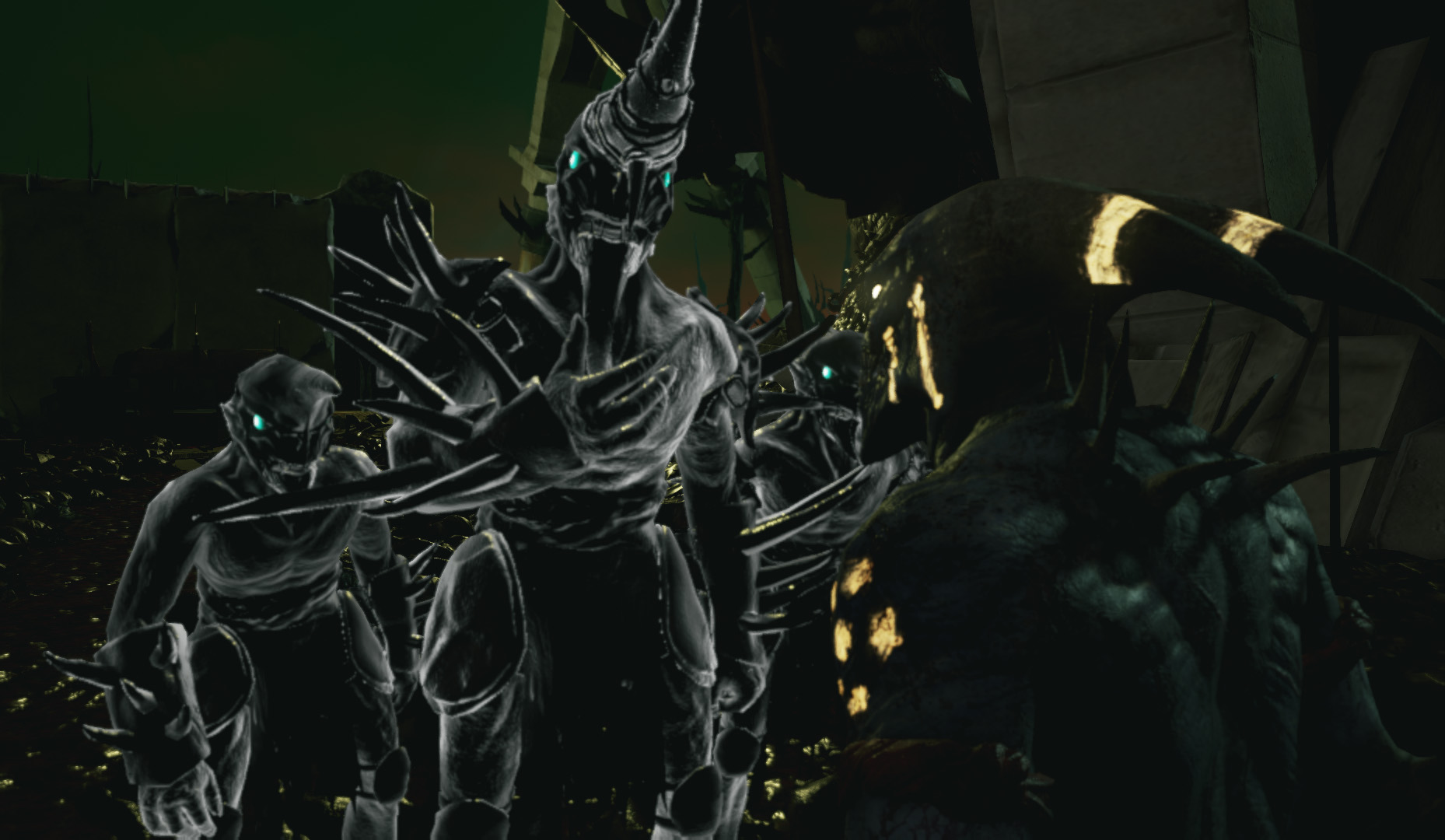
-
SOTB_PS4_Beta_04_1462868537
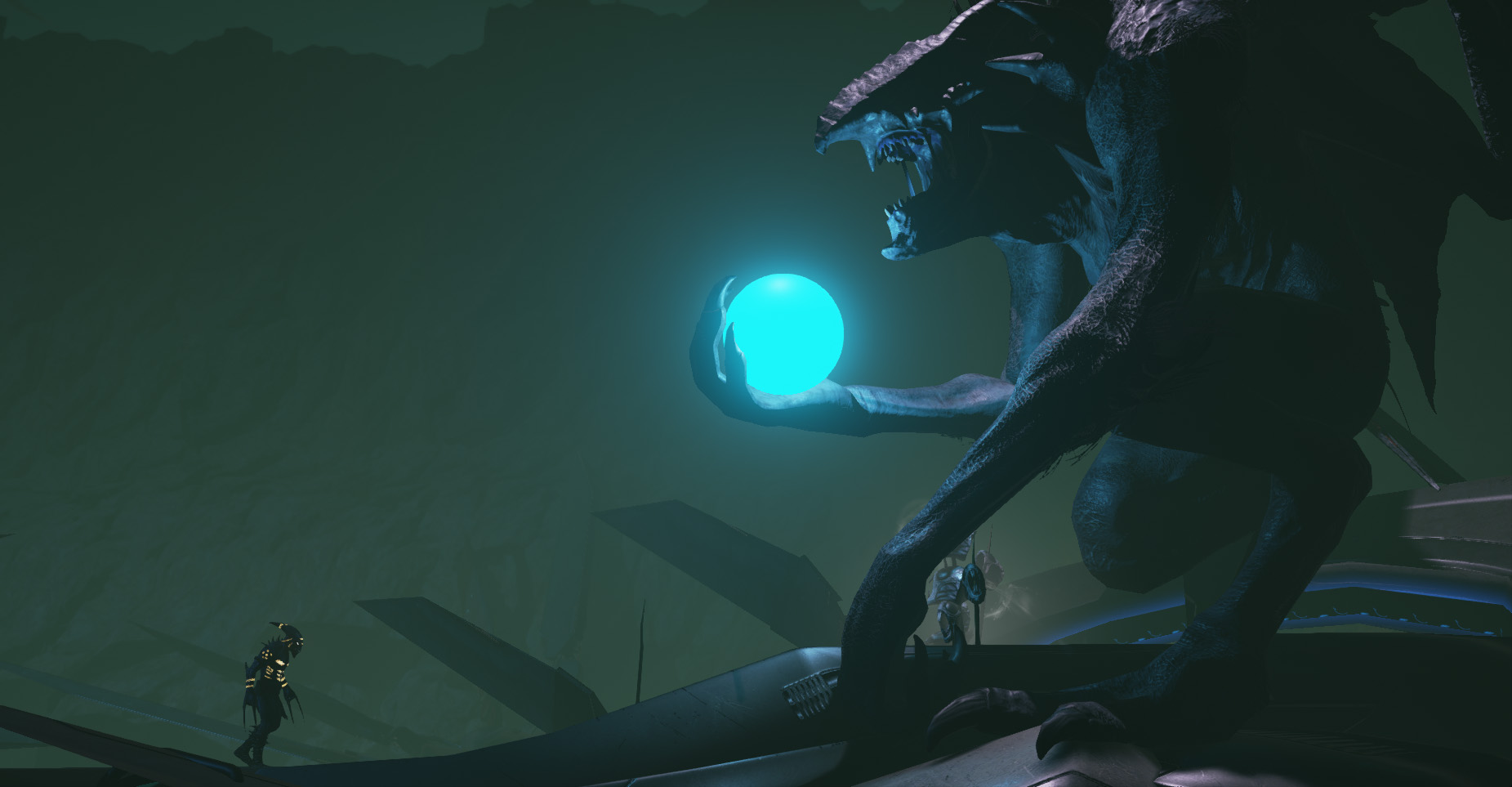
-
Shadow of the Beastâ¢_20160512222912

-
SOTB_PS4_Beta_07_1462868539

-
SOTB_PS4_Final_01_1462868539
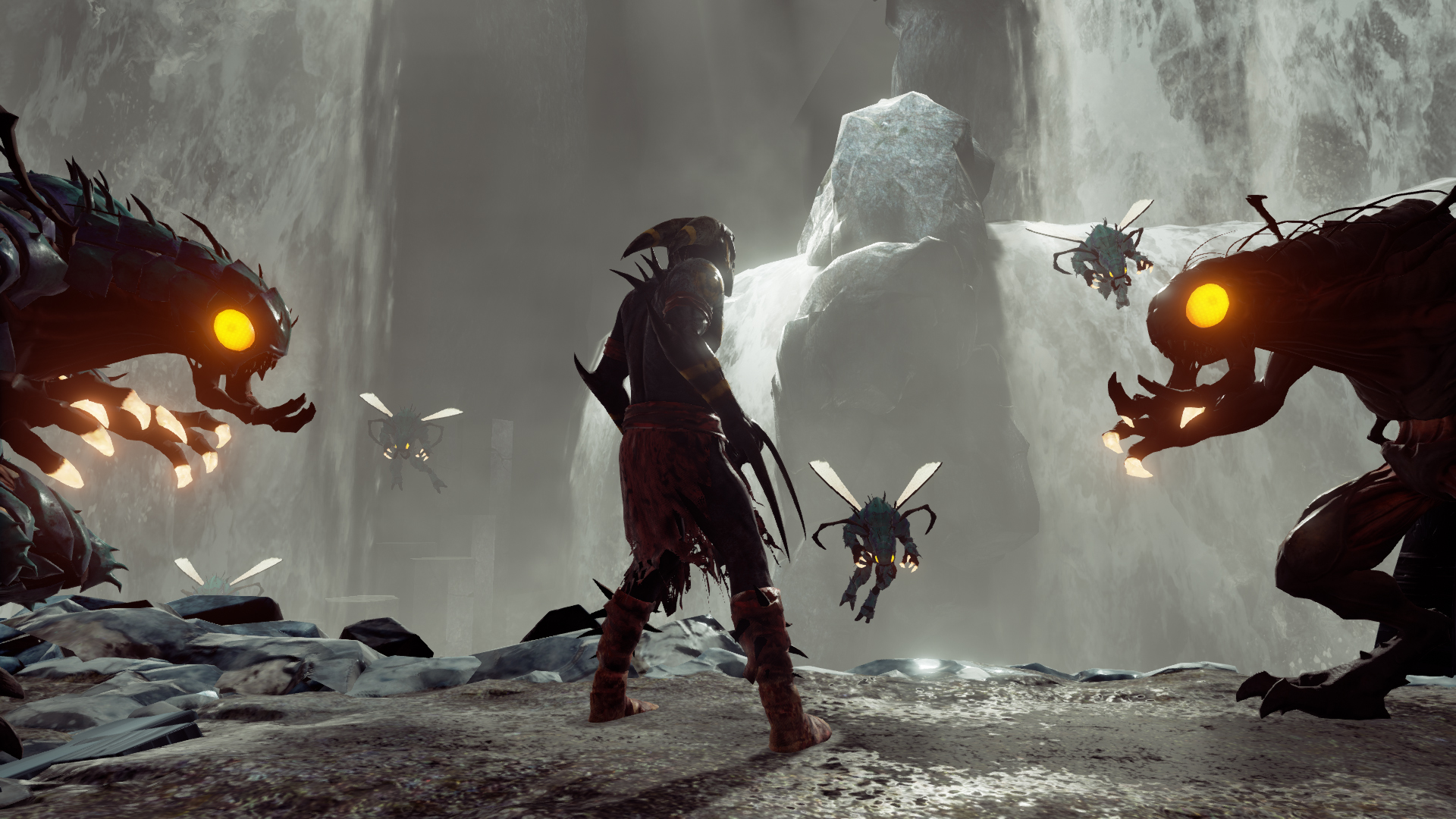
-
Shadow of the Beastâ¢_20160511215419

-
Shadow of the Beastâ¢_20160511215533
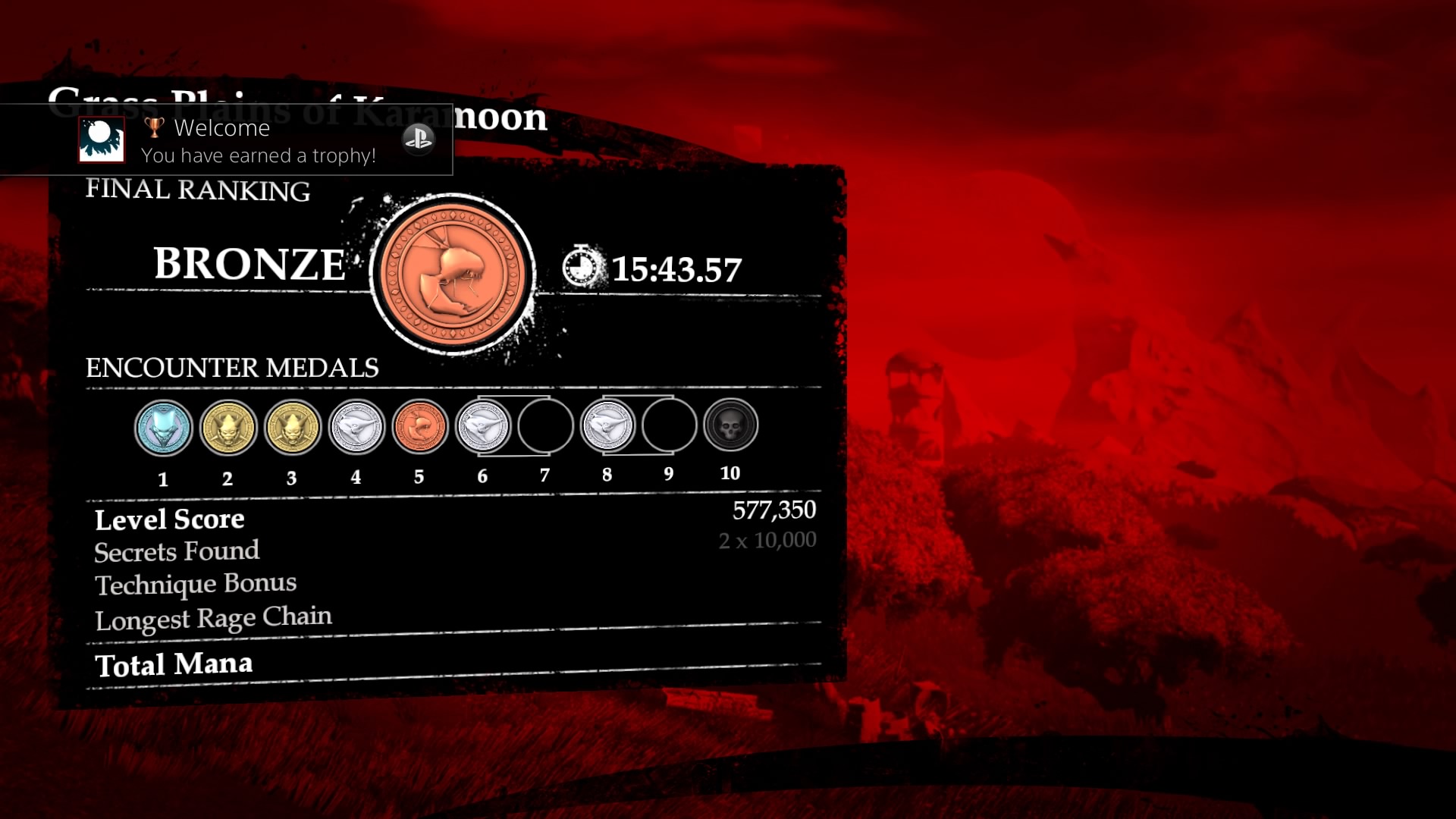
-
Shadow of the Beastâ¢_20160511220123
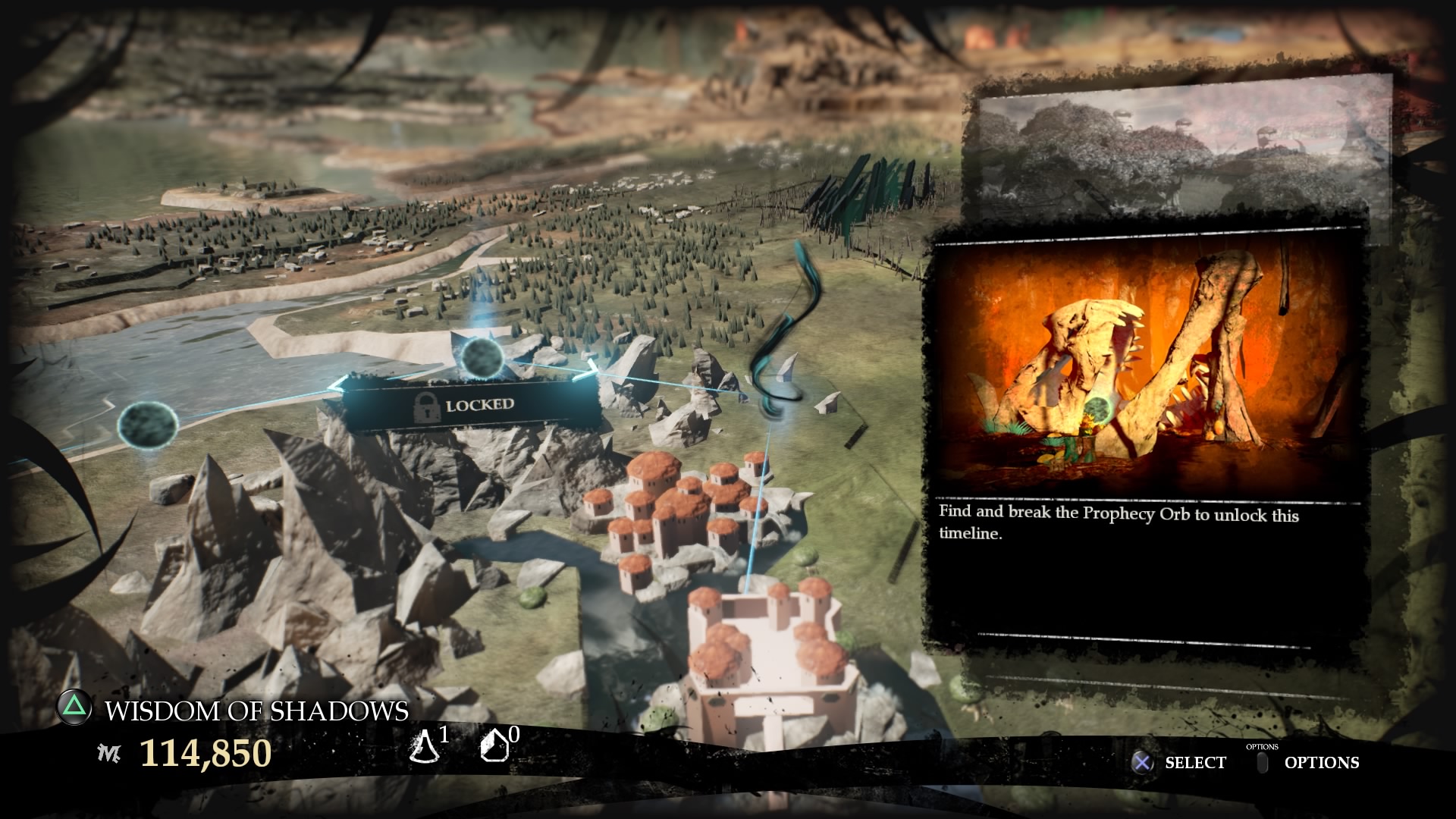
-
Shadow of the Beastâ¢_20160511222734
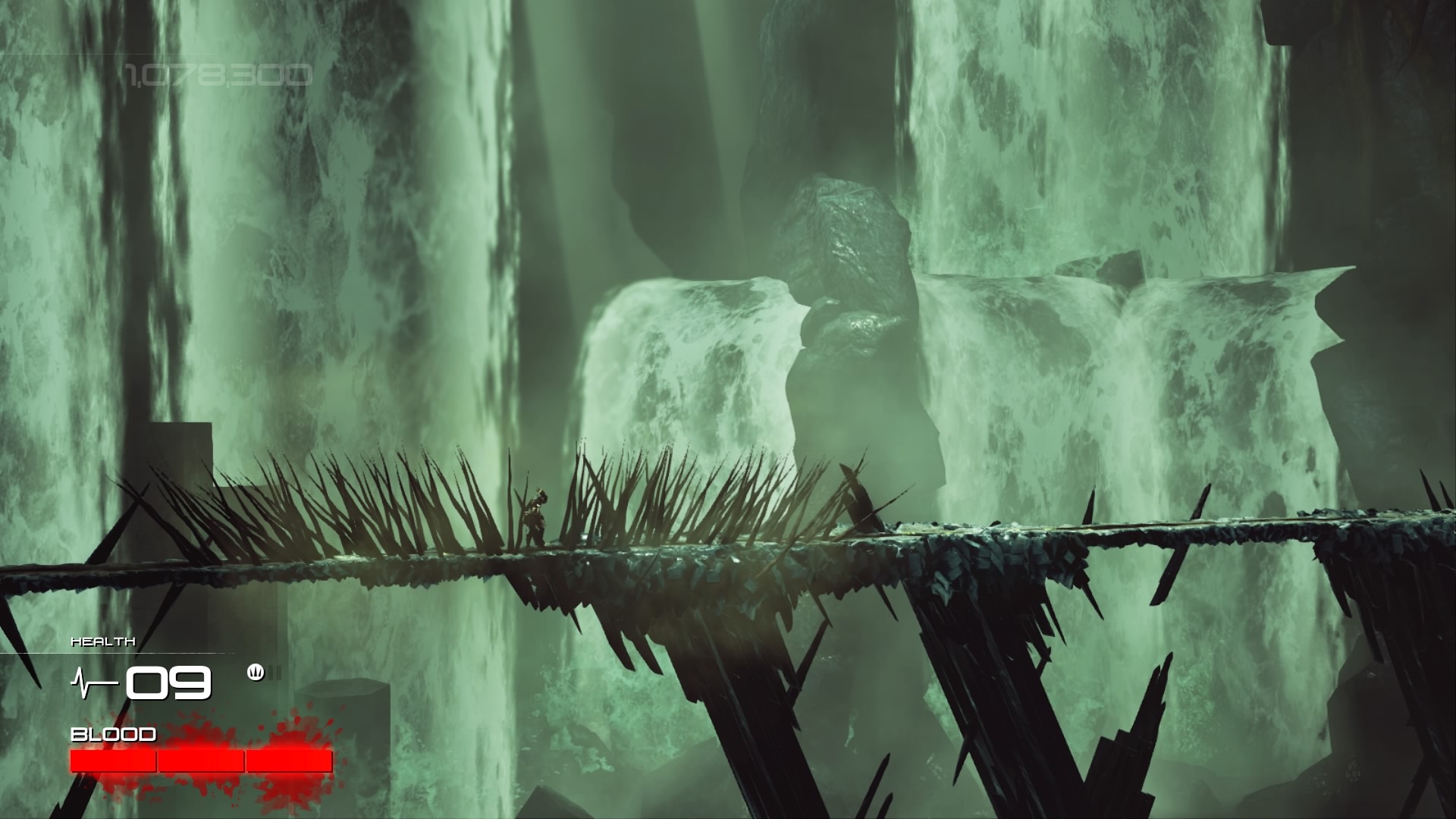
-
Shadow of the Beastâ¢_20160511223029
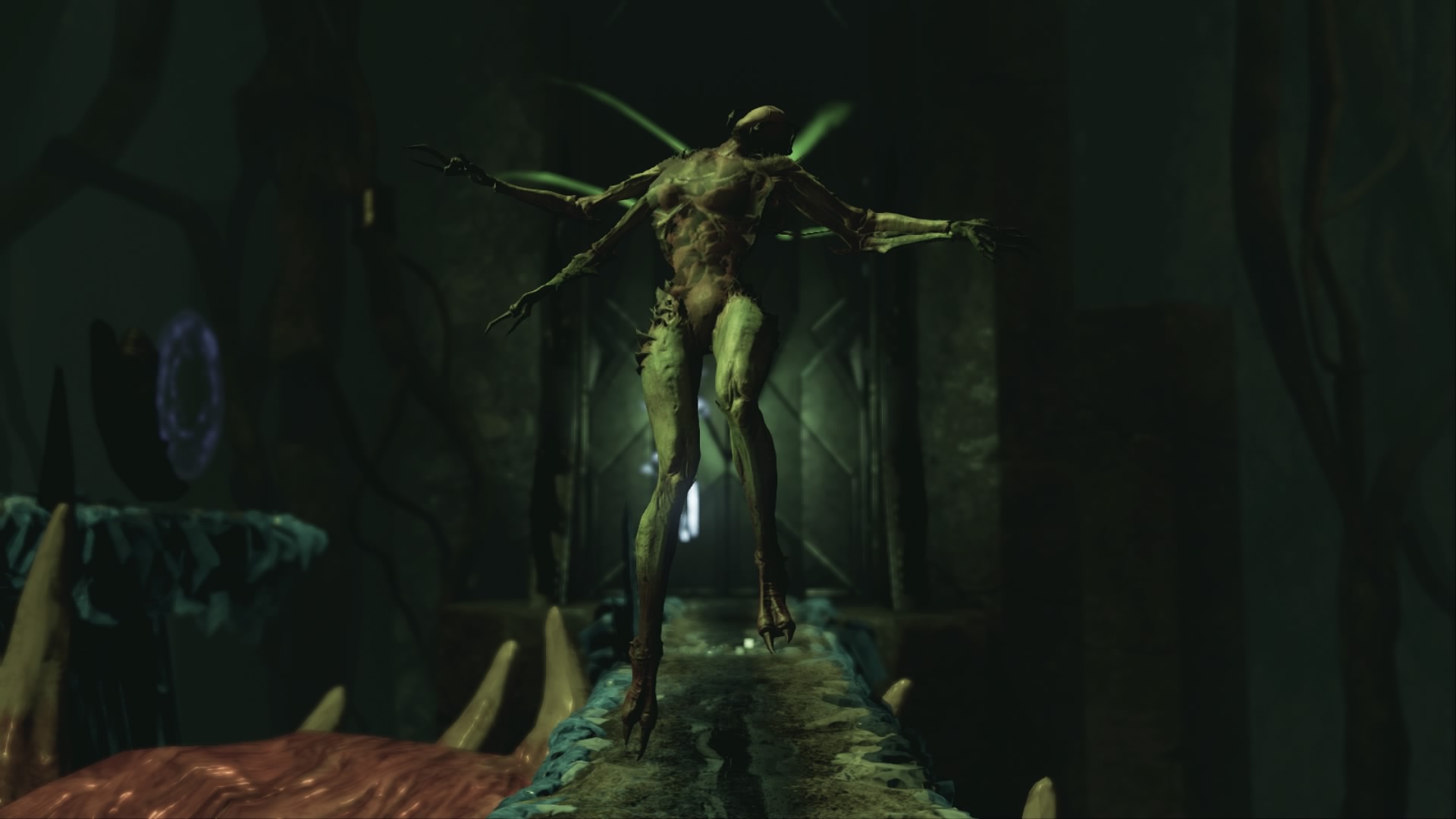
-
Shadow of the Beastâ¢_20160511225223

-
Shadow of the Beastâ¢_20160512225016









